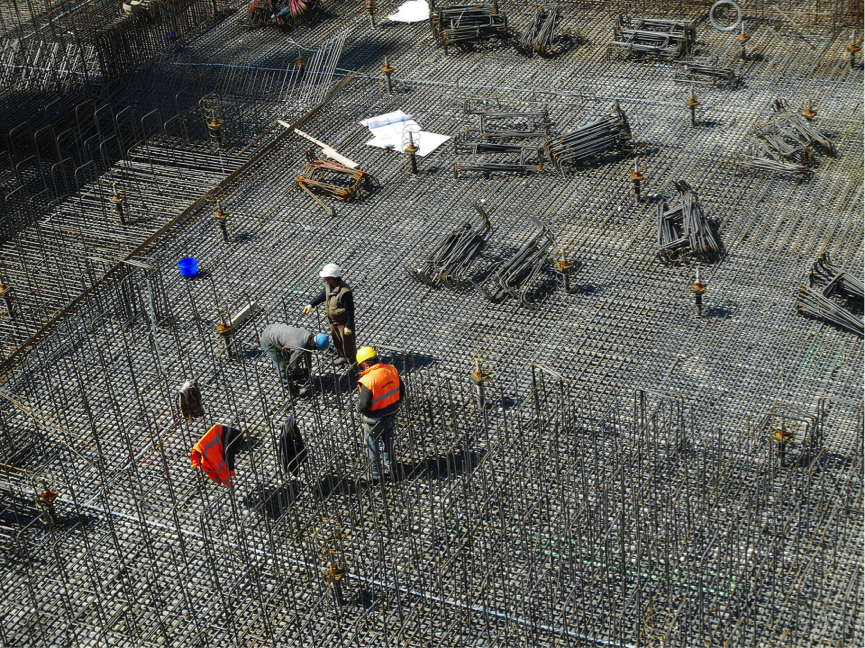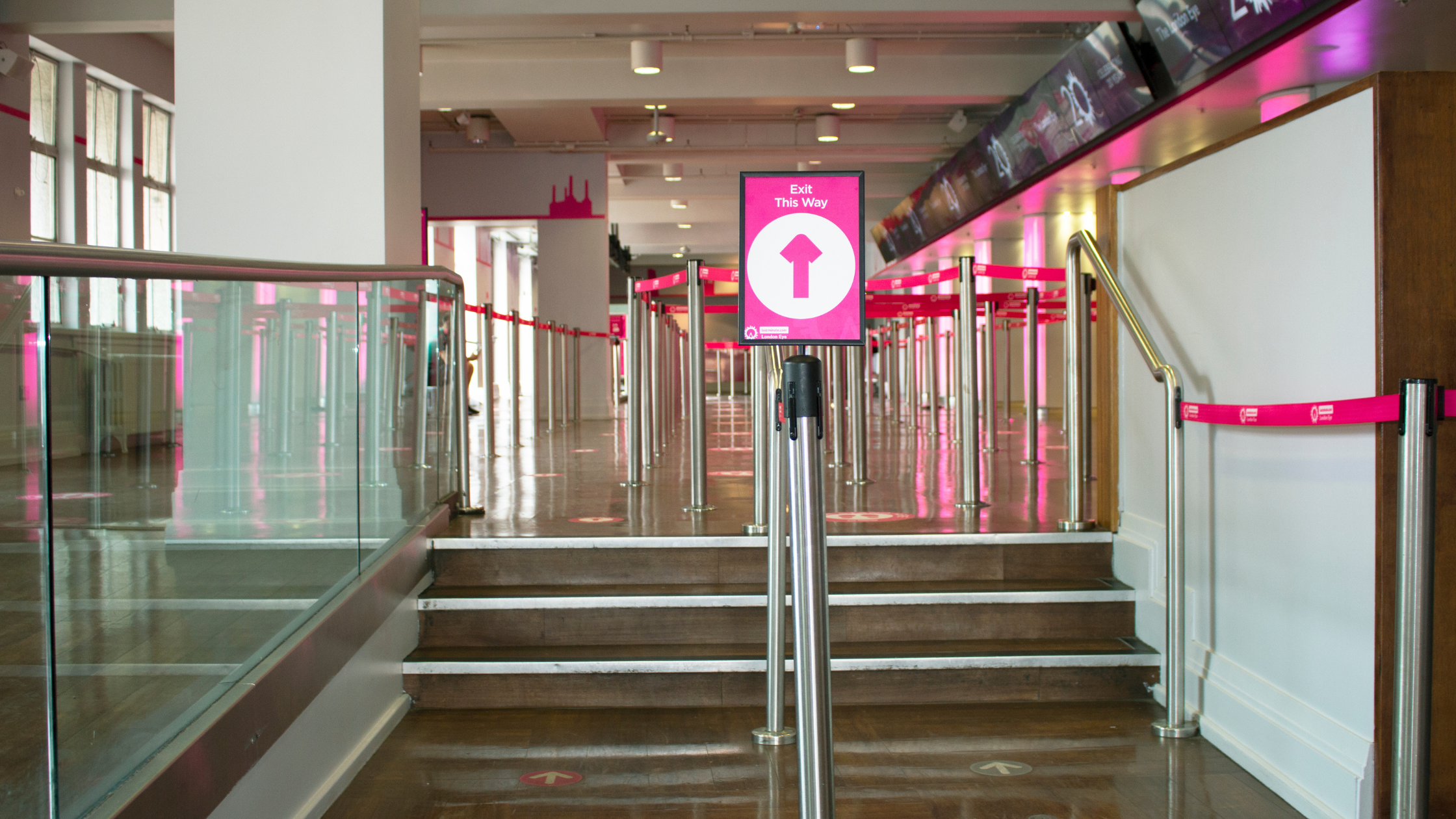- Home
- Sectors
- Solutions
- Tensabarrier®
- Tensamedia® Wayfinding and Signage
- Lawrence® Post & Rope
- Tensator® Airport Passenger Guidance System
- Electronic Queuing – eQ™
- Tensaguide® Modular Barrier System
- Tensator Micam Protection – TMP
- Safety Solutions
- Access Control
- In-Queue Merchandising
- Virtual Queuing – VQMS
- Tensator® Virtual Assistant
- Custom & Bespoke Solutions
- Resources
- About
- Contact Us
- Shop
 English (English)
English (English)
Increase ROI of safety in the workplace
30
Oct

Would you spend £1 now to save £2 in the future? The choice may seem simple, but when £1 becomes £1m, and return on investment may not occur for a few years, it can be difficult to justify expenditure. This situation is common for many health and safety professionals when trying to assure stakeholders that investing in safety equipment will save money in the long run. However, investing in good quality safety equipment – both to protect workers and prevent injuries from even occurring can help to increase ROI of safety in the workplace. It’s important to understand that ROI of safety is dependent on how much an injury actually costs a business and is therefore unique for each business.
In 2002, France-based company Schneider Electric believed it already had a good safety program, with their recordable injury rate sitting at 3.6 per 100 workers that was below the industry average but wanted to do more to minimise the risk of injury. The company focused on identifying and eliminating hazards that could cause harm, and as a result, their injury rate dropped to an impressive 0.5 in 2013, amounting to 900 fewer people injured than 10 years previously. From a cost perspective, Schneider Electric is seeing more than $15 million annual savings in direct costs alone.
How much do workplace fatalities and injuries cost a business?
Although rare, a workplace fatality, on average, will amount to costs of £1.6m to an organisation. The largest proportion of fatal injuries in the UK is due to falling from heights (28%). Over the past 5 years, just under half of all fall from height deaths were in the construction industry. Other industries that experienced a fatal injury at work due to a fall from height include agriculture, forestry and fishing.
Non-fatal workplace incidents are far more common. In 2017, the UK experienced 70,166 non-fatal injuries, with costs on average amounting to £8,200 per injury.
Reducing injuries and in-turn increasing ROI of safety
Our safety products have been designed to prevent accidents and protect workforces. We’ve found that our solutions lead to greater savings in the long run.
We’ve developed our Impact Protection range to help stop hazards before they cause harm, protect employees and avoid unnecessary damage to equipment and infrastructure. Made from plastic, our Impact Protection range of products can provide up to 97% cost saving on repairs and replacements compared to metal alternatives.
Research has shown that the most common workplace accidents are slips, trips and falls. Slips, trips and falls can happen in any workplace sector. Tensabarriers are a great way to alert workers to potential tripping hazards, as well as providing a means to cordon off areas. For a more temporary solution, Tensacones can be set-up quickly to restrict areas on a short-term basis.
Further information about how to increase ROI of safety in the workplace
As specialists in providing equipment to ensure a safe working environment, we at Tensator understand that each businesses’ safety requirements are unique. Our consultative approach allows us to use our expertise to assess your current workplace safety measures and give bespoke advice as to solutions that could help increase ROI of safety in your workplace.




